Description
What you’ll learn
- Industrial Robotics course is best for industrial users.
- Learn all the theoretical and practical details to master industrial robotics.
- Solve kinematic models; plan geometrical paths and dynamic trajectories; tune motion control systems; calibrate tools and cells.
- We focus on a standard 6-axes anthropomorphic robot, because is one of the most commonly used robots in the industry, and it is also one of the most complicated ones, so that once you.
Requirements:
- This class is not too complicated and you should be able to follow along quite easily if you have a good base of mathematics: specifically, trigonometry, linear algebra and some calculus.
- Basic programming skills would also be nice, but are not strictly required.
- This is not a programming class and you will be able to follow along until the end even if you don’t program a single line of code, but for sure it would be much nicer and beneficial for you if you implement the models we study here into real code, and test them on a real or simulated robot.
- C is normally the language of choice in the industry, but the final call is totally up to you.
Description:
- Mathematical models and practical applications
- Learn how an Industrial Robotics anthropomorphic robot works.
- We will start by building its kinematic model step-by-step, then plan geometrical paths and optimize motion trajectories. We will learn how to correctly size the electric motors and understand the fine-tuning procedures for the servo drives. We will describe calibration procedures for the arm, tool and cell, and finally generate a realistic digital twin for your simulations!
- New bonus lecture at the end: kinematic model of UR robot!
Who this course is for:
- Students and engineers interested in understanding the mathematical models of Industrial Robotics and their most common control methods.


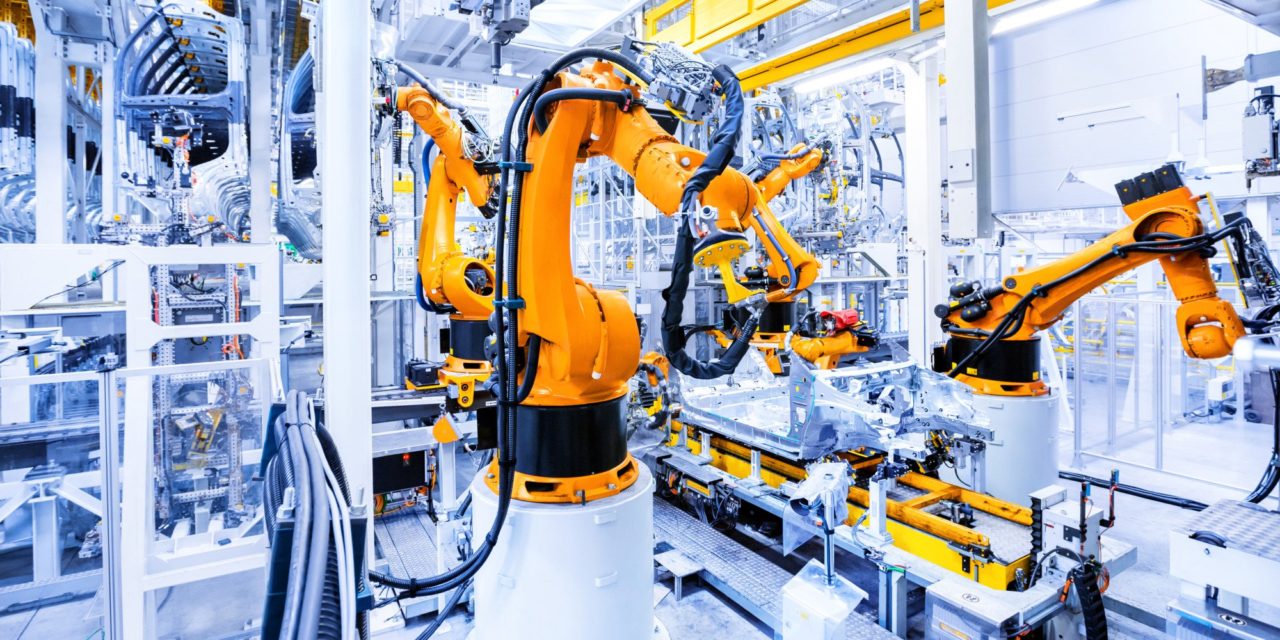
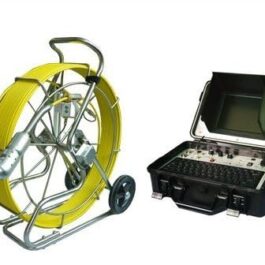

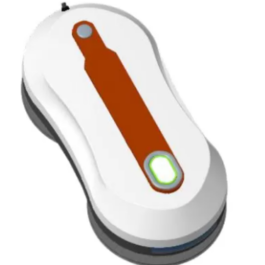
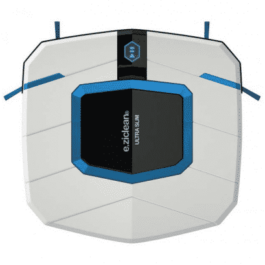
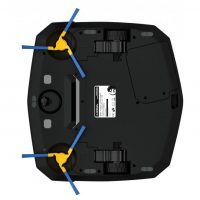

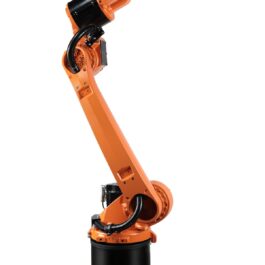
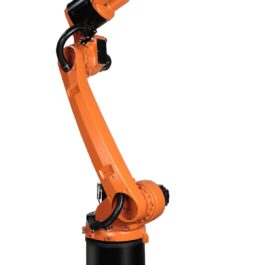
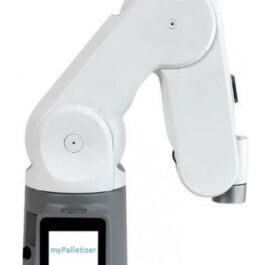
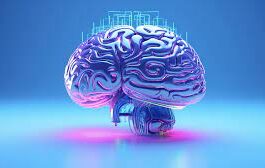
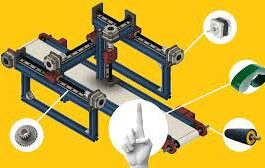
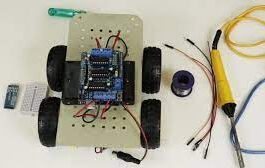
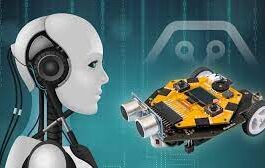
Reviews
There are no reviews yet.